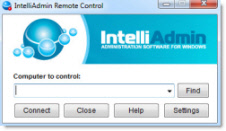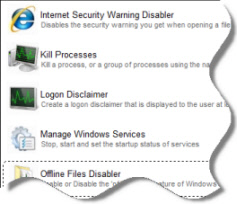Hello,
Say for example I already have a cluster group, with a network name, called "clusterrole1". I've already installed a SQL instance into this cluster group called "inst01". So essentially in order to connect to that SQL instance
my connection string would be clusterrole1\inst01.
Incorrect. You have a resource group named ClusterRole1, a named instances where the instance part is named Inst01, but we have no idea what the virtual computer object (VCO) is, and that would be what makes up your name. There will be a network Name in
the resource group, your connection will be NetworkName\Instance unless it's the default instance, then it would just be NetworkName.
The resource group can be named whatever it wants to be - that doesn't have any effect on SQL Server in a cluster, it's just the name for the collection of resource in the cluster and isn't externally facing or used anywhere except inside the cluster.
My question was related as to whether I could install a second SQL instance, for example "inst02" into the existing cluster role. That means I would have a cluster role/resource group with 2 SQL instances within it.
This will not work. period. You'd need a separate resource group to install it into (the install will create it), IPs, VNN, VCO, Disk, etc.
From a clustering perspective is there a technical limitation to doing this?
The limitation is the implementation and rational of doing this with SQL Server. Setup checks for these things and errors appropriately. It doesn't make sense to have two instances in the same resource group for clustering. Cluster is used for HA, so having
a single instance take down all instances doesn't make sense from that point of view alone, not to mention other potential issues that could occur.
If you want to do this, run the installer again and create another clustered instance of SQL Server in its own resource group.
-Sean


